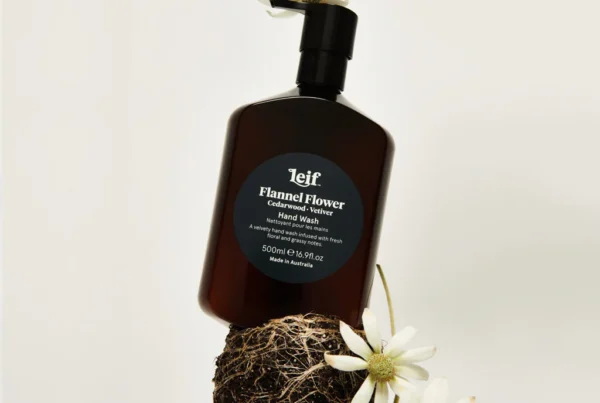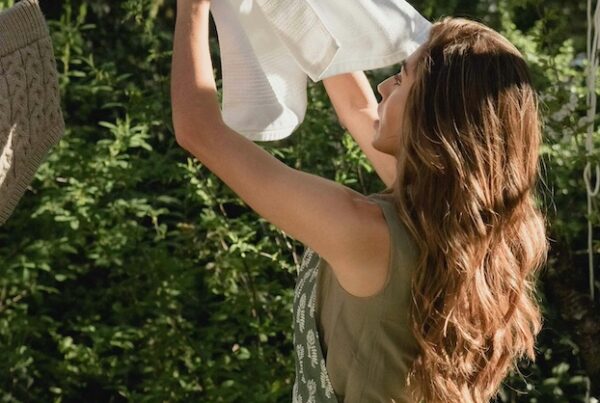Let’s talk about sustainable fashion. Also often referred to as slow fashion, sustainability within the fashion industry is massive. However, as with many fashion industry-related things, it can also be intimidating. The fashion industry is unfortunately filled to the brim with greenwashing. It can also be extremely complicated to make decisions that are both ethical and sustainable, especially when you don’t have a lot of money to spend. Fear not, hopefully this article will help guide you through making the change. You’ll go from living life in the fast (fashion) lane to cruising in the slow (fashion) lane in no time at all.
The industry and its many issues
The fashion industry is one of the biggest industries in the world. This makes sense when you think about it. Most of us wear clothes on a daily basis (unless of course, you’re a nudist). Overall, the fashion industry on a global scale is estimated to be valued at 3 trillion dollars. No, that isn’t a typo and yes, you read it right. The womenswear market makes up a large part of that value. Alone, it is estimated to be worth a massive 621 billion dollars. The luxury goods market, by the way, is separately valued at 339.4 billion dollars.

Photo by Ksenia Chernaya from Pexels
Out of the entire fashion industry, 75% is concentrated in Europe, the USA, China, and Japan. One of the benefits of the fashion industry being so large is that it is also a big employer. In fact, the fashion industry alone employs around 75 million people worldwide according to the United Nations Alliance on Sustainable Fashion. However, having said that, the industry is full of ethical pitfalls. There are ethical issues to think about as well, like whether the people that make the clothing in the factory are treated and paid fairly.
Good value?
Many of us appreciate a little retail therapy when we are stressed. Whether this shopping is done online or in brick and mortar stores, the costs to the planet are, regrettably, dire either way. Most of us, especially in a post-pandemic recession, don’t have money to splash out on sustainable, locally made, and ethically sourced garments. Or at least, we don’t think we do. Instead, we tend to turn to fast fashion brands like H&M and Zara – the high street kings. Many of us want the instant gratification that comes from buying for stores which are easily found in malls. We are drawn in by bright red sale signage and a seemingly ever-changing stock. This is what we call fast fashion. Though it may be cheap for us, unfortunately, our instant gratification comes at quite the cost to the planet.

Photo by Artem Beliaikin from Pexels
What a waste
Unfortunately, the fashion industry is second only to the oil industry when it comes to pollution. It is one of the single biggest wasters of water. Around 15% of the fabric that is produced at great cost to the planet ends up being discarded. Whilst we’re big on the buying part of the experience, when it comes to getting rid of old, worn out or just unwanted garments, as consumers, we fall short.
On average, each of us will throw away 70 pounds of clothing and shoes annually. These discarded items end up in a landfill. Landfills are one of the worst polluters and play a large part in climate change. Perhaps even more disappointingly, a massive 95% of the textiles that go to the landfill could be recycled instead.
Sustainable Fashion: What can you do?
Though our brains tend to automatically lean towards high-street giants when it comes to getting something new, we need to re-wire our thinking. There are several other ways, far less detrimental to the planet, to get your fix of retail therapy. It’s also important to think about what you’re buying. Consider what the use-value is and how long you are likely to wear it for. Your wardrobe should, at least largely, be made up of pieces with longevity. You want a strong capsule wardrobe as the basis. Thereafter, you can add trend pieces without wasting money and creating waste.
Thrifting and Re-using
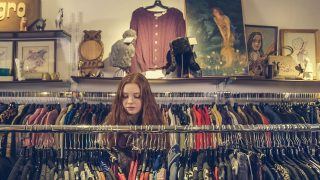 When it comes to ways to reduce your fashion waste, the best way is to simply not make as much. When you no longer want or need something, it’s best to consider whether it still might have use-value to someone else. Unless it’s totally worn out, it’s likely that someone else could make use of it. The second-hand clothing market has grown exponentially during the past few years.
When it comes to ways to reduce your fashion waste, the best way is to simply not make as much. When you no longer want or need something, it’s best to consider whether it still might have use-value to someone else. Unless it’s totally worn out, it’s likely that someone else could make use of it. The second-hand clothing market has grown exponentially during the past few years.
In 2019 alone, 208 million tons of waste were generated by wearing an outfit just once. Luckily, this is no longer such a big issue and, as sustainability has come to the fore, people have turned to re-wearing garments. When it comes to second-hand clothing, a massive 70% of the world’s population uses second-hand clothes. Many designers are also making use of fabric waste and broken garments as part of their collections.
Renting
If you’re attending a function with a dress code that warrants long or formal dress and/or sequins, you might want to consider renting. This also allows you to wear garments that might normally be unaffordable. Quite often, luxury garments are available for rental. You get the satisfaction of wearing a sparkly, gorgeous dress and you don’t have to worry about where you’re going to put it in your closet.
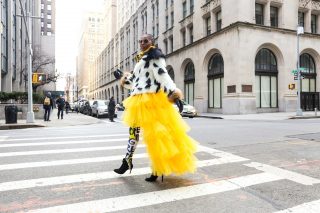
Photo by Vonecia Carswell on Unsplash
Small brands
Shopping with small, local brands is always going to be the best bet. Smaller companies generally don’t require large-scale factory production. Often the owner is also directly involved. Transparency-wise, the smaller the brand, the better as you can easily ask questions and get much more direct answers. This is part of shopping ethically. Not only do you get to support small businesses, but you also play a small part in caring for the planet as well as building someone’s dream.
What to look for when you’re buying clothing
Fabrics
The very best aspect to look to if you’re trying to make your retail therapy session more planet-friendly is fabric. The fabric that garments are made of can have a massive impact on how sustainable the end product is. For example, whilst cotton as a textile is breathable and comfortable to wear as well as being natural, the crop itself is extremely water-hungry.
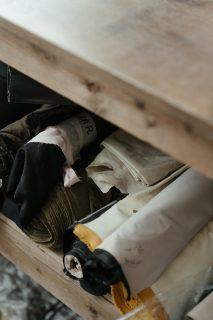
Photo by cottonbro from Pexels
On the plus side, natural fibers like cotton can break down much more easily. However, yield-wise, cotton is neither impressive nor sustainable. According to World Wildlife, in order to produce a kilogram of cotton (one t-shirt or a pair of jeans for you and me), you need 20,000 liters of water. And that’s just the production of the raw materials, extra water (around 5,000 gallons) during the manufacturing process.
Organic Fibres Take Over
At the moment, that all just seems like rather bad news, however, organic fibers are taking over. There are loads of much more environmentally sound options on the way. Many of these ‘new’ fabrics are just as breathable and comfortable to wear as cotton. Brands like Pangaia are focused on producing high-tech fabrics. These are often plant-based (cellulose fibers) and use elements like “eucalyptus pulp and seaweed powder”.
Other options for more sustainable fiber/fabric choices are:
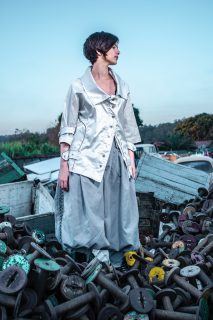
Photo by Gabriel Iazdi from Pexels
- Organic cotton (natural)
- Recycled cotton (natural)
- Organic hemp (natural)
- Organic linen (natural)
- Cork (natural)
- Econyl (synthetic)
- Recycled polyester (synthetic)
- Lyocell (synthetic)
- Modal (synthetic)
- Bamboo Lyocell (synthetic)
- Ecovero (synthetic)
- Pinatex (synthetic)
More difficult to pin down when it comes to responsible purchasing are aspects like responsible sourcing and ethical manufacturing processes. In this regard, you largely have to trust that the brand in question is being transparent and honest. Knowing how the factory workers that make fast fashion garments are treated is nearly impossible.
Ultimately, if you are at all unsure of whether or not to trust the brand, it’s best to err on the side of caution and avoid it at least until you can do some more research into the brand and its general practices. Small brands are generally much easier to vet. In the case of micro-brands, the owner (sometimes accompanied by a small team) makes the clothing themselves.
References
https://edgexpo.com/fashion-industry-waste-statistics/
https://unece.org/forestry/press/un-alliance-aims-put-fashion-path-sustainability
https://www.sustainablejungle.com/sustainable-fashion/sustainable-fabrics/
https://www.marieclaire.co.uk/fashion/sustainable-fashion-743666
https://www.thredup.com/resale/#resale-growth


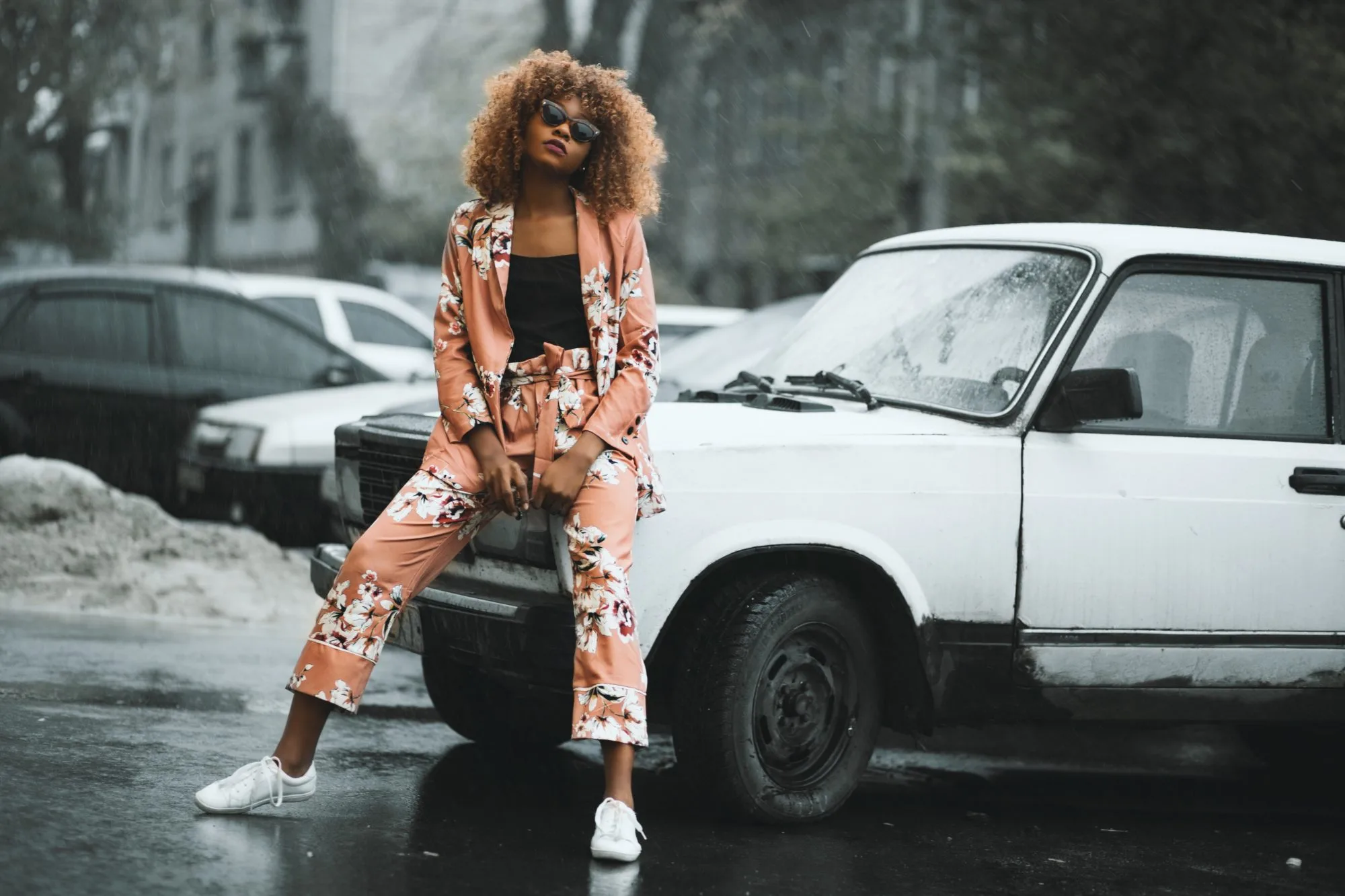


![women [longevity live]](https://longevitylive.com/wp-content/uploads/2020/01/photo-of-women-walking-down-the-street-1116984-100x100.jpg)






